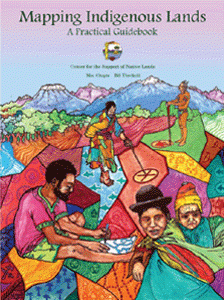Environmental Justice in the 21st Century: Threats and Opportunities (Part 2)
Environmental Justice in the 21st Century: Threats and Opportunities
Community Environmental Health & Education: Contact Us
Tobie Bernstein
Senior Attorney
Tel: 202-939-3869
bernstein@eli.org
Community Environmental Health & Education
Center for Community Environmental Health
Center for Community Environmental Health
Understanding when and where disease occurs and the environmental conditions related to disease is a basic community right-to-know issue for both community residents and public health professionals. The Center works in partnership with citizen groups, community advocacy organizations, universities and others to identify and develop environmental health information tools for community-based environmental health interventions and policies. We have developed a citizen's guide to conducting community environmental health assessments that serves as a focal point of the Center’s programs.
Community Education and Training Program
ELI’s Community Education and Training Program provides citizens and grassroots groups with information on environmental law and policy that can help them participate effectively in the decisions that impact public health and the environment in their communities. These activities aim to provide practical, strategic information on how citizens can use the system of environmental law to change government and industry practices.
